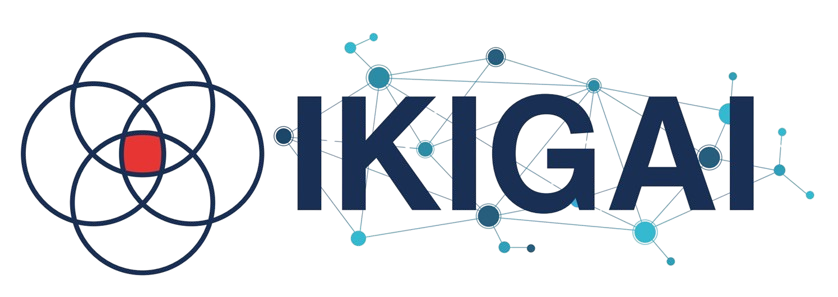Twin Transition Genome
Twin Transition Genome
The Twin Transition Genome is the consolidated vision for the future of logistics. It is a long-term, strategic roadmap that outlines what logistics should look like by 2040 and beyond.
This vision integrates the various factors contributing to the transformation of logistics:
-
- Decarbonisation and zero emissions aligning logistics with European and global climate goals.
- Physical Internet enabling efficient, interconnected, and interoperable logistics networks.
- Resilience, automation, and digitalisation strengthening adaptability while leveraging emerging technologies.
- Other megatrends addressing the evolving needs of businesses, society, and policy frameworks.
The Twin Transition Genome therefore acts as a comprehensive framework that brings these perspectives together into one integrated roadmap.
The role of the Physical Internet in Twin Transition Genome
The Physical Internet (PI) is at the core of the Twin Transition Genome. It provides the mechanisms and enablers that make the Twin Transition Genome’s vision achievable in practice. However, the Twin Transition Genome is broader than the PI alone. It considers how multiple transitions (environmental, technological and societal) will converge to transform logistics over the coming decades.
Relations between Twin Transition Genome, PI and PI Norm
-
- Twin Transition Genome (the “What”) defines the long-term future of logistics and the strategic directions needed.
- Physical Internet (the “Vision & Enabler”) provides the guiding principles and innovation pathways to realise this future.
- PI Norm (the “How”) establishes the concrete standards and compliance rules for implementing PI in a structured, internationally recognised way.
Together, these three elements form a coherent framework: the Twin Transition Genome sets the ambition, PI provides the pathways, and the Norm ensures consistency and adoption.
Importance of the Twin Transition Genome
-
- A shared reference for industry, academia, policymakers, and logistics service providers.
- A roadmap for action that connects research, innovation, and real-world adoption.
- A way to ensure that logistics transformation is competitive, sustainable, and scalable.
It is both a vision document and a strategic compass, ensuring that logistics evolves in a coordinated and future-proof manner.

